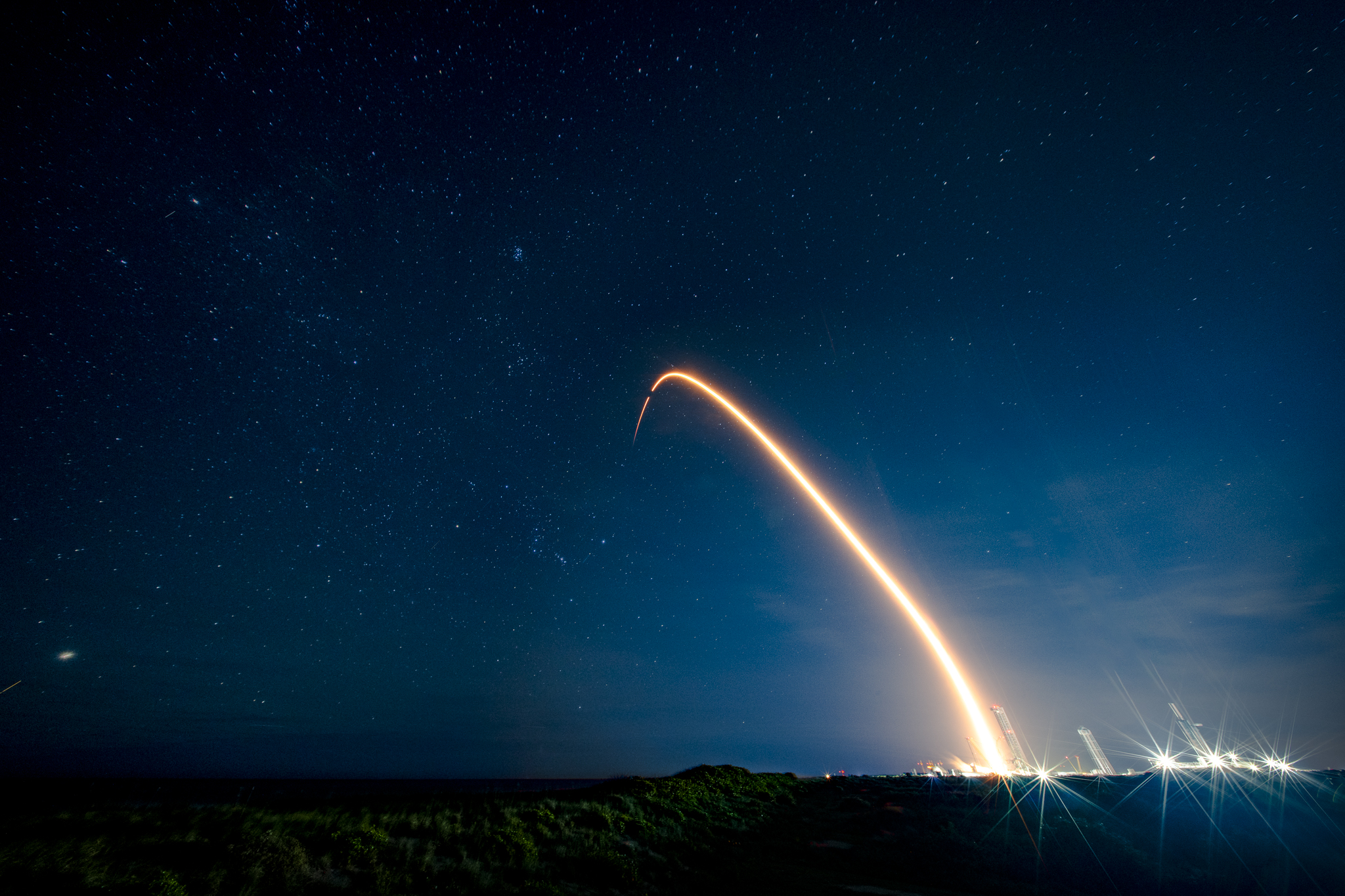On the night of November 10, 2025, at precisely 10:21 p.m. Eastern Standard Time (03:21 UTC on November 11), SpaceX’s Falcon 9 rose from Launch Complex 40 at Cape Canaveral Space Force Station in Florida, carrying 29 new satellites for the Starlink broadband constellation. The night did more than launch satellites — it pushed Florida’s Space Coast to a new milestone: this was the 94th orbital-class launch from the state in 2025, surpassing the previous annual record.
The mission, designated Starlink Group 6-87, utilized a Falcon 9 first-stage booster B1096 on its third flight. Just 8½ minutes after liftoff, the booster executed a successful landing on the drone ship Just Read the Instructions in the Atlantic. Meanwhile, the upper stage continued to orbit and deployed its payload ~65 minutes after launch, adding 29 satellites to an already massive network.
Why is this launch significant? In practical terms, each batch of Starlink satellites expands the global internet backbone, pushing closer to the idea of truly global connectivity, including underserved regions. Also, the sheer frequency of launches — dozens a year — means spaceflight is edging ever closer to infrastructure mode rather than spectacle. This mission is a snapshot of that transition.
Behind the scenes, this success follows a weather scrub earlier in the week and comes amid new regulatory constraints: commercial launches in U.S. airspace are increasingly being scheduled in overnight windows to ease air-traffic controller workload. That makes a launch at 10:21 p.m. an example of both operational maturity and regulatory adaptation in action.
In sum: the Falcon 9’s flame carving the Florida night sky signalled more than a launch. It was a marker of scale, reuse, and infrastructure in orbit. 29 satellites may not grab headlines like Mars missions, but for the world’s connectivity and for the maturation of commercial space, this kind of routine becomes extraordinary.










Leave a comment